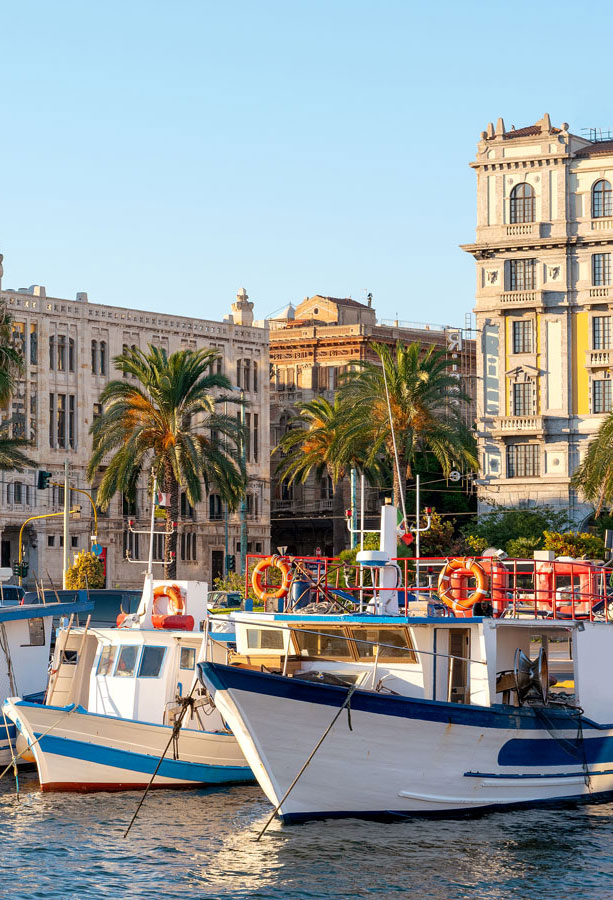National Geographic journalist Dan Buettner spent years investigating the regions of the world where residents not only enjoy long lives but also an unprecedented quality of life and low instances of chronic disease — even in their later years. His research brought him to Japan before discovering other areas where individuals commonly live to see their 100th birthday — in Greece, Italy, Costa Rica, and even in the United States. In 2000, Buettner, along with researchers Michel Poulain and Giovanni Mario Pes, coined the term “Blue Zones” to describe these exceptional regions, which were the subject of a 2023 Netflix documentary. Curious as to what makes people live longer in these places? Read on to learn more about the original five Blue Zones and why one might be next on your travel bucket list.
Okinawa, Japan
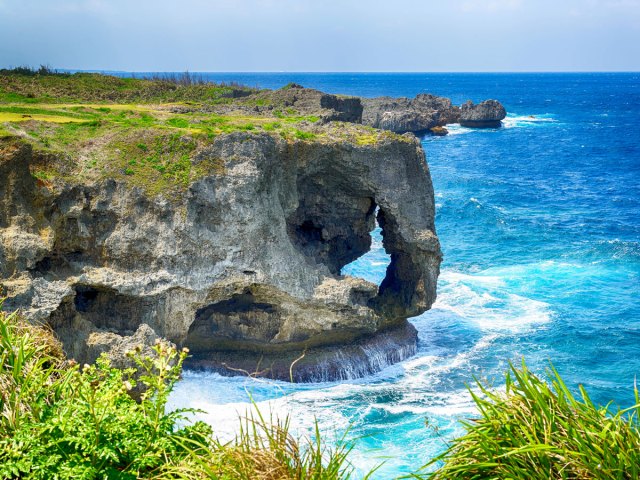
In 2000, Buettner traveled to Okinawa, a subtropical archipelago about 400 miles south of the rest of Japan, to investigate the extraordinary longevity of its residents. He found that people in Okinawa are roughly three times more likely to see their 100th birthday than the average American. Not only that, elders remained vital members of their communities and active in pursuits such as gardening, cooking, and socializing.
This lifelong social network, what the Japanese call a moai, along with a strong sense of purpose in life, called ikigai, is likely key to their longevity. But it is also the diet of Okinawans — plant-based and focused on vegetables, tofu, sweet potatoes, and herbs and aromatics like mugwort, ginger, and turmeric. Even the fact that residents sit on mats on the floor, forcing them to sit, squat, and stand up several times a day, benefits their overall fitness.
Okinawa is Japan’s southernmost and most remote region, but the area’s sundrenched beaches, warm, blue waters, and candy-colored coral reefs are easily accessible via direct flights from various Asian cities. Highlights include the ancient limestone cave at the heart of the Valley of Gangala — a lush nature reserve of banyan trees and dramatic rock formations — and the coastal village of Yomitan, an epicenter for the area’s famed ceramicists. Okinawa is also considered the probable birthplace of karate, so there are plenty of martial arts-themed workshops and showcases to experience.
Ikaria, Greece
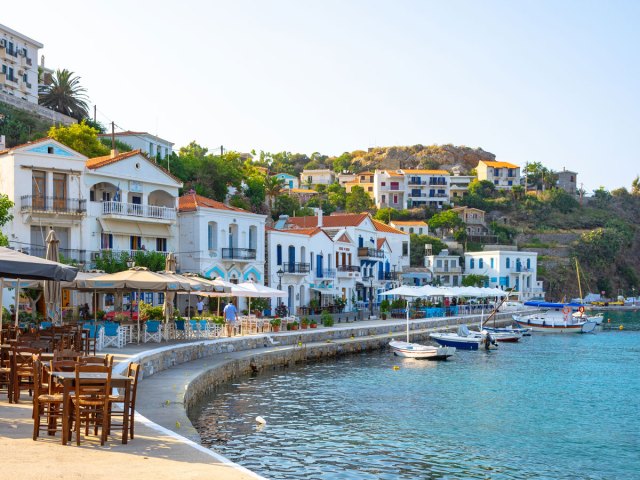
Ikaria is a tiny Greek island known for its rocky topography and its long history as a target of Persian, Roman, and Turkish invaders. Isolated in the Aegean Sea, the Greeks of Ikaria largely avoid dementia, and one in three live past the age of 90. The area’s rugged terrain and pleasant weather are key to their health. Residents lead active, outdoor lifestyles, and enjoy a slower pace and a culture of gathering, napping, and even wine drinking. Their diets are typically Mediterranean: fruits and vegetables, beans and grains, potatoes, olive oil, and goat’s milk, plus antioxidant-packed herbal teas.
Located about 30 miles off the coast of Turkey, the mountainous island is dotted with vineyards and features white pebble beaches overlooking the turquoise Aegean. The relaxing vibe is immediately obvious — clocks are seemingly of little importance as residents spend their days joking, enjoying seafood, and harvesting fruit. Landmarks include famously blue-domed churches, ancient wineries, and olive groves. Ikaria’s hot springs — rich in radon, iron and sulfur — are also a popular healing destination. That’s especially true in the town of Therma, where the springs are among Roman ruins, and in Lefkada, which overlooks a picturesque bay.
Sardinia, Italy

The island of Sardinia, located at the toe of Italy’s famous boot shape, is where the concept of Blue Zones originally took shape. Two demographic researchers, Gianni Pes and Michel Poulain, identified the area as having the highest concentration of male centenarians in the world. The team also identified nine lifestyle habits the residents of these regions ascribe to, including naturally active lifestyles, a sense of purpose, friendship, faith, and a plant-centered diet.
Like their counterparts in Japan and Greece, Sardinians don’t eat a lot of meat — their diets consist of whole grain breads, beans, fruits and vegetables, sheep’s cheese, and mastic oil. Mnay Sardinians still grow their own vegetables, hunt, and fish. Their families are close-knit and multigenerational, and they famously joke over antioxidant-rich wine.
Sardinia is Italy’s second-largest island, and it offers more than 200 idyllic beaches, ranging from glamorous party scenes to quiet coves overlooking marine parks where visitors can snorkel among flamingos. The island is also rich in history. Ruins dot the landscape, including the Su Nuraxi di Barumini, a series of Bronze Age conical watchtowers and a UNESCO World Heritage Site. Popular resort towns include Porto Rotondo and Porto Cervo, while the rugged inland areas are a paradise of hiking trails and wineries.
Nicoya, Costa Rica
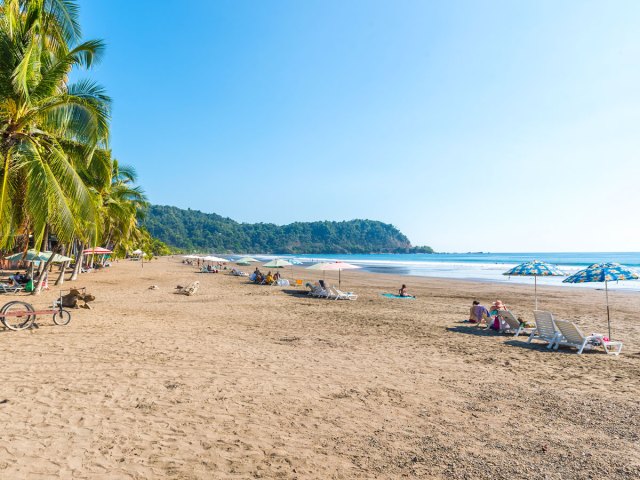
Costa Rica — a small Central American nation bordered by the Caribbean Sea to its east and the Pacific Ocean to its west — has a generally healthy population, thanks in part to its economic security and healthcare system. But in the Costa Rican region of Nicoya, just south of the Nicaraguan border, residents are especially long-lived.
Part of that can be attributed to a reason to live, or plan de vida, that many residents — and especially elders — subscribe to. It’s an attitude that goes hand in hand with how many people here live their lives: lots of laughter and conversation, and a focus on family and friends in multigenerational households. In terms of diet, Nicoyans eat light evening meals centered around the “three sisters” of agriculture: squash, corn, and beans. They also drink a lot of water, which in Nicoya is loaded with calcium — great for cardiac and bone health.
Visiting Nicoya is all about relaxation and nature, as a low-stress lifestyle is one of the likely reasons Nicoyans lead such healthy lives. Tourists can take surfing lessons, snorkel along coral reefs, practice yoga, or simply enjoy the beaches. Tamarindo and Montezuma are lively seaside towns with plenty of restaurants, while the Ostional Wildlife Park is a famous sea turtle nesting ground and the Palo Verde National Park is a top spot for birders. Or, hop a boat to the uninhabited island paradise of Isla Tortuga.
Loma Linda, California
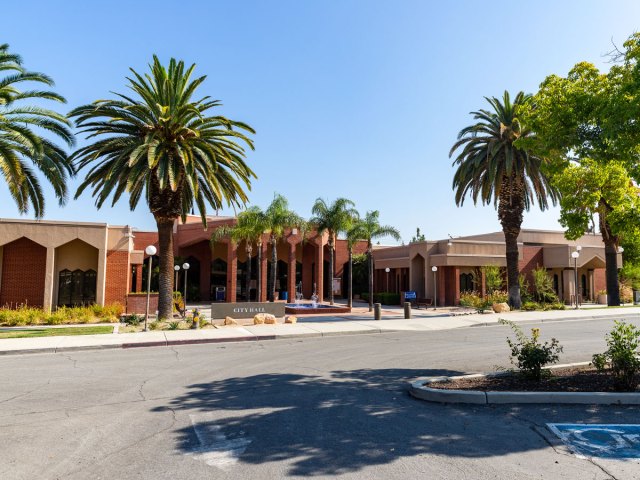
Located in Southern California’s San Bernardino County, Loma Linda is America’s only Blue Zone. Residents here tend to live a decade longer than other Americans. One possible explanation is the Seventh-day Adventist church, a Protestant denomination in which health and wellbeing are central tenets. The 9,000 Adventists in Loma Linda are often vegetarians, exercise regularly, rest on the sabbath, and eschew tobacco and alcohol. Their diets are biblically inspired — predominantly fruits and vegetables, nuts, legumes, and grains. Like residents in other Blue Zones, Loma Lindans tend to eat lighter meals in the evening, and community plays a role in their everyday lives.
Loma Linda is a small municipality near San Bernardino and Riverside, part of a region called the Inland Empire. The area is sandwiched between Los Angeles and Orange County to the west and Palm Springs and Joshua Tree National Park to the east. Here, outdoor recreation is less about the beach and centers on hiking, swimming, skiing, and enjoying nature at spots like San Bernardino National Forest and Big Bear Lake.
More from our network
Daily Passport is part of Inbox Studio, which publishes content that uplifts, informs, and inspires.






